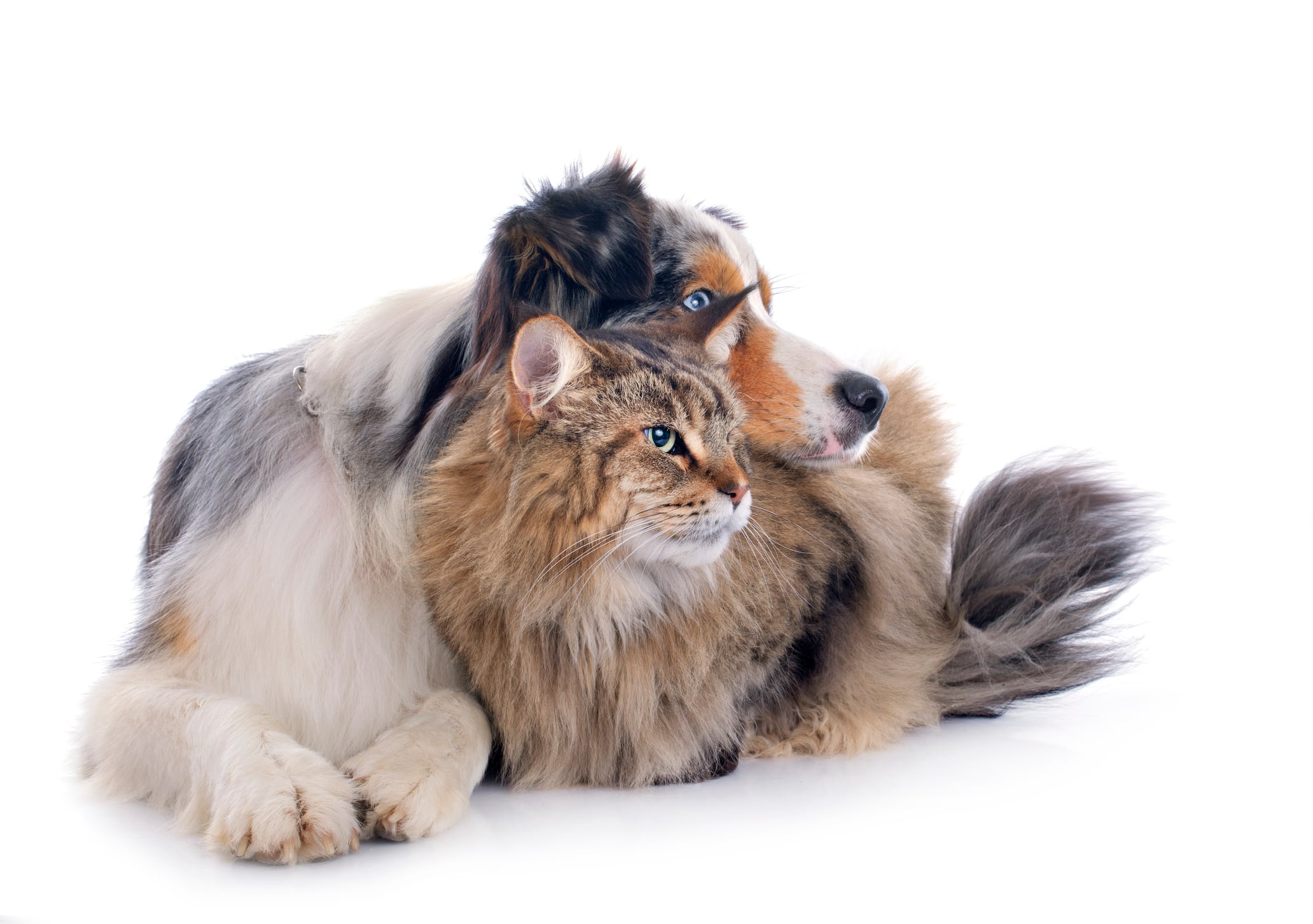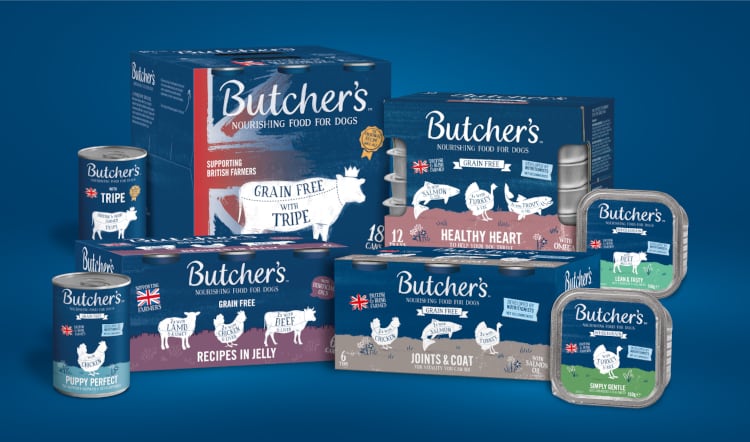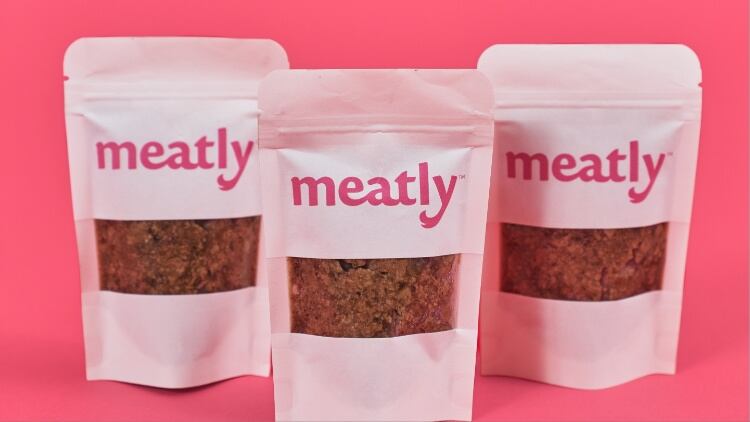Appealing to the investors
Much like the rest of the food and beverage industry, pet food producers faced significant headwinds in 2023 from rising input prices and supply chain challenges. Still, private equity is more than willing to invest in the market, as long as those businesses have an eye for emerging trends and an ear to the ground of shifting consumer behaviours.
Garyth Stone, managing director at investment bank Houlihan Lokey’s Consumer, Food & Retail Group identified three key themes pet food manufacturers should be cognisant of if they hope to draw the attention of big investors.
He describes a bifurcation of the market to allow businesses to better focus on the right subthemes within pet food. Stone predicts manufacturers will split off into smaller groups in order for them to dedicate the right parts of their businesses towards areas more desirable to investors.
“The macro-economic headwinds present in 2023 will continue to impact the market, creating ‘winners’ and ‘losers’ (between the high- and low-growth segments), which will require a more focused perspective on the selection of the right subthemes to target,” Stone explained.
“Notably, premium quality food, food with an attractive price/quality ratio, health and wellness, pet parent convenience, and integration of technology, will be key points of emphasis in 2024.”
In fact, a focus on premium and natural products was the second major trend Stone observed as being crucial for pet food manufacturers this year – driven by consumer preferences for high-quality and holistic care for their pets, which are becoming increasingly ‘humanised’. Millennials constitute the largest percentage of pet parents and are significantly influencing market dynamics.
“This group’s preference for high-quality, health-focused products and their willingness to pay premiums for such items have driven innovation and growth in premium pet food and wellness products,” Stone added.
“The demand for alternative pet food formats, such as freeze-dried, refrigerated/frozen, and fresh foods, also continues to rise. These formats outperformed traditional kibble, reflecting consumer demand for less-processed, nutrient-dense foods that resemble human food.”
Finally, the third major trend in the world of pet care involves the role of technology and online engagement. Primarily of interest to manufacturers is the growth of e-commerce and direct-to-consumer channels, which have both grown exponentially since the COVID-19 pandemic and subsequent lockdowns. Further, there has been an increase in popularity of tech-enabled pet products – such as pet wearables and smart devices – highlighting the sector’s shift towards digital solutions.
“These innovations provide pet parents with convenience and enhanced care for their pets, driving consumer loyalty and higher price points,” Stone concluded.
While there may not seem to be a clear link to pet food manufacturers, opportunities do present themselves for a business to partner with providers of digital pet care solutions. Pet food designed with remote feeders in mind, collaboration with wearable pet tech providers where your food is the product of their choosing, integration with instant reordering systems such as Amazon dash buttons – these are all ways that could raise the profile of a pet food brand.
The human animal
Digging deeper into the pet food trends that are striking a chord for consumers, it appears that owners are becoming more discerning of the products they buy, seeking a balance between quality, sustainability and convenience.
Much like Stone at Houlihan Lokey, manufacturer C&D Foods has observed a growing number of owners humanising their furry companions, treating them like family and focusing on their health.
“This is leading to a rise in foods with health-related claims like those found in human food, such as ‘immune-boosting’ or ‘supports joint health’,” said a spokesman for the pet food producer. “Consumers are drawn to products that emphasise natural ingredients, minimal processing, and a taste that their pets will love – just as they would for their own meals.”
Consumers’ lifestyle and moral choices are playing a major role in the type of food they’re purchasing for their pets. As they become more eco-conscious, sustainability has emerged as a major factor in purchasing decisions.
In response, pet food brands are focusing on trends like locally produced or sourced ingredients, recyclable packaging, and DNA-traceable sourcing. As C&D explained, these practices appealed to consumers who wanted to reduce their pets' environmental pawprint while ensuring transparency and quality in the products they bought.
Borrowing from trends in human food, pet food brands are incorporating more functional and natural ingredients into their products. As a result, higher percentages of fresh meat and grain-free options have become standard, while newer trends focus on adding superfoods, probiotics, and even cannabidiol (CBD).
“Brands are positioning their products as not just food, but part of a holistic approach to pet care,” C&D added.
Consumer demand for sustainable and ethical pet food has seen some increase in demand for alternatives to meat-based products, but it was still a very niche market. From C&D’s observations, interest is coming from smaller, specialised brands targeting eco-conscious pet owners.
“That said, the rising demand for more natural and sustainable pet food is encouraging some exploration of plant-based ingredients,” said C&D. “Purely vegan options remain rare, but as sustainability trends grow, we may see more innovation in this area in the future.”
So, what then for alternative proteins? Meatly made the news recently by securing approval to sell its lab-grown meat in the UK, but once again it’s a drop in the ocean that still needs time to ripple out and grow.
“Alternative proteins are still a niche segment in pet food,” C&D continued. “Insect-based proteins have been available for a while, primarily from specialised brands. In the UK, Yora stands out as one of the only brands that has successfully made an impact in this market, but they remain an exception in Europe. Other brands, like InsectDog in Germany, have struggled to achieve the same level of success.”
Ingredients for success
Despite their niche status, the search is still on for a suitable replacement for animal-based proteins in pet food. The problem, however, is that one size certainly does not fit all when feeding our pets.
While dogs are more than content eating and processing almost anything that they can get their jaws around, the same can’t be said for cats – the second most popular pet in the UK.
‘High in protein’ is the top ingredient claim to impact the likelihood of a consumer buying a pet food products (7 in 10 cat and dog owners), while at the same time more than half considered plant-based proteins to be better for the environment.
Cats have higher protein and amino acids requirements in their diet and traditionally rely solely on nutrients found in animal tissue to meet their nutritional needs. That said, several studies suggest that vegetal proteins are quite digestible for cats and can therefore have a role to play in cat food production, explained Beneo product manager for animal nutrition, Dr Maygane Ronsmans.
“While there is concern in the cat food space that plant proteins are not as well tolerated or digestible as animal proteins, recent scientific research suggests interesting potential,” said Ronsmans.
“A case in point is a study by Golder et al 2020 with 296 healthy short hair domestic cats, that showed that the more plant protein that was included in dry cat food, the higher the protein digestibility amongst the cats in that sample group. The research also demonstrated that plant proteins are a satisfactory source for meeting the amino acid needs of pets, without compromising protein digestibility.”
To this end, Beneo highlighted the potential of rice protein in cat food to meet this need. Besides from the perceived health benefits by consumers – 98% considered it natural, while 89% said it was healthy – rice allows for an increase of protein content in the final product, while using a natural, clean label and hypoallergenic ingredient, that also offers good digestibility and has an excellent essential amino acid (EAA) profile.
Cat diet
In a recent study (Morris et al 2023 ), 24 healthy adult cats were given test diets with increasing amounts of rice protein concentrate (0%, 7% 14% and 28%) in exchange for hydrolysed chicken liver and heart.
The results showed that when the rice protein concentrate was increased, then protein digestibility was enhanced too. In addition, there was excellent taste acceptance of the food and an improvement of faeces characteristics, such as firmness and form. The study demonstrates that rice protein represents an excellent complementary protein source that is even suitable for cats with food sensitivities.
“As demand for plant-based, sustainable and clean label pet food gathers pace, Beneo has expanded its vegetal protein range to meet producers’ needs,” Ronsmans continued. “Alongside its rice protein, pet food manufacturers can also benefit from the company’s vital wheat gluten and faba bean protein concentrate ingredients.
“They provide excellent amino acid profiles, which can beneficially be blended and enable the development of plant-based or hybrid pet foods. They also offer high to very high digestibility. According to an internal analysis, the company's faba bean protein concentrate reaches (ileal) digestibility scores close to 90% and vital wheat gluten well above 90%.”
A real dog’s dinner
But what is it that our pets want to eat? According to C&D Foods, classic options like beef and poultry continue to dominate across both cat and dog food. This is fuelled by their perception as reliable choices for pet owners.
“As you move into the premium segment, flavours become more refined and complex. High-end products often feature ingredients like vegetables, berries and herbs to boost both taste and nutritional benefits,” C&D added. “Salmon is a staple for cats even in standard lines, while for dogs, it’s more commonly found in premium offerings alongside lamb.
“In line with the humanisation trend, premium recipes increasingly mirror human meals with sophisticated combinations and textures such as fillets and shredded meat, appealing to pet owners who value high-quality, natural ingredients that reflect their own food choices.”
Indeed, the trend of humanisation has had some, perhaps more surprising consequences .
Butternut Box – the UK pet food start-up that offers a meal delivery service for dogs and cats – has been leveraging this movement with its ‘human-quality ingredients’ and ‘tested by humans’ claims.
As its website describes, the ingredients that make up its pet food have been sourced from the human food supply chain.
As pet owners treat their companions more and more like members of the family, it is also becoming more common to involve them in celebrations and festivities. While funny costumes at Halloween and animal safe dyes may present their owners with some cheer, it’s not something that’s very inclusive for poor kitties Mungojerrie and Rumpleteazer is it?
In its quest to make birthdays and similar occasions more inclusive for our furry friends, Lancashire-based Scoff Paper took greetings cards – a staple for any celebration – to their extreme and made them edible. The company – which saw success on the BBC TV show Dragons’ Den – produces 2m of these edible greetings cards a year, with flavours including chicken, bacon and cheese.
Ideas like this can only succeed if manufacturers find the right partners to support them. Scoff took this to heart, making sure that they only worked with businesses that understood their own customers’ needs to develop products that were just right for them.
Gemma Connolly, Scoff Paper founder, said: “As our business grows, we’re keen to explore more exclusive ‘In Cahoots’ partnerships to make it easy for dog lovers’ to show their appreciation for their pets – wherever they like to shop. As part of this, it’s critical our brand values are aligned and that our collaborators are as keen as us to keep things fresh, creative and top quality.”





